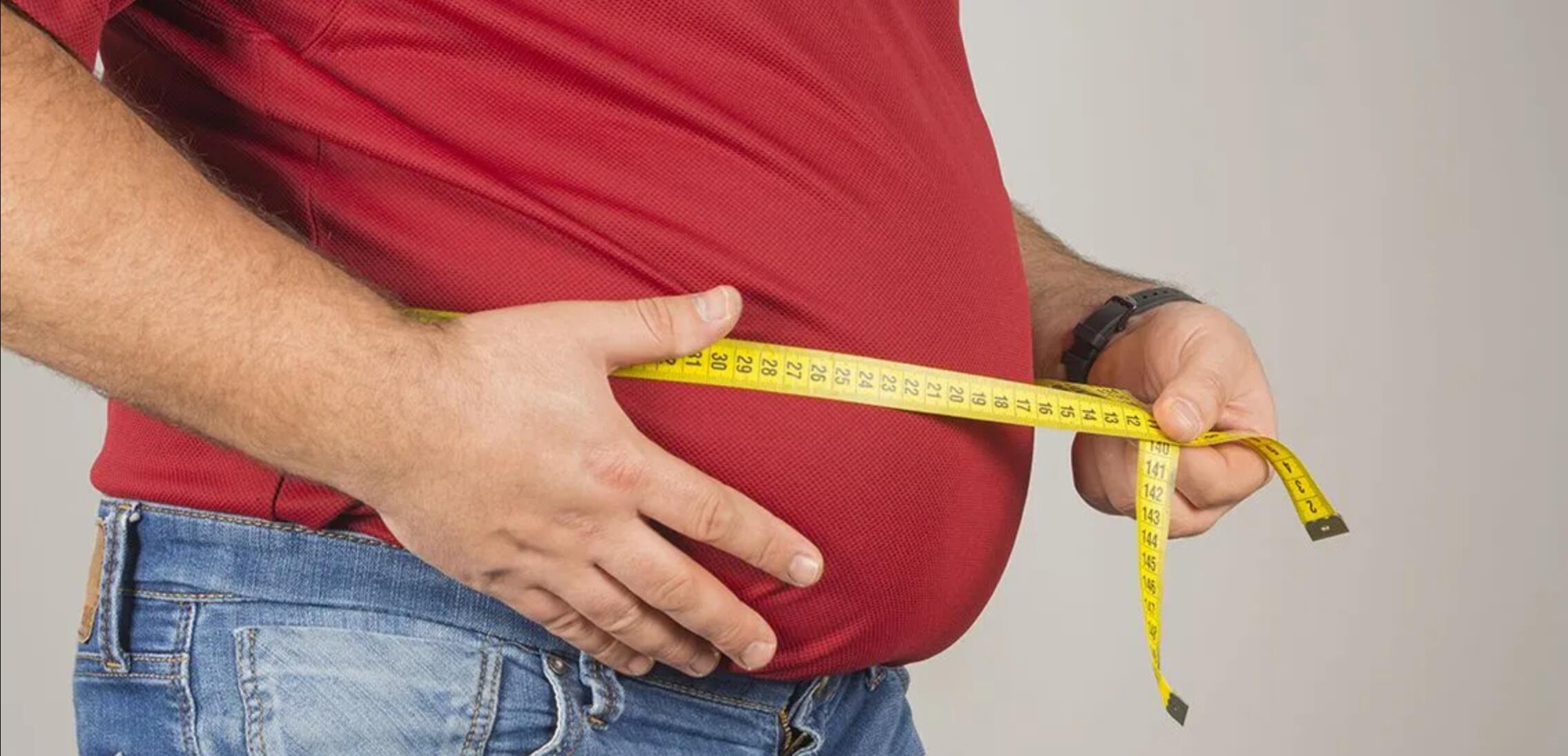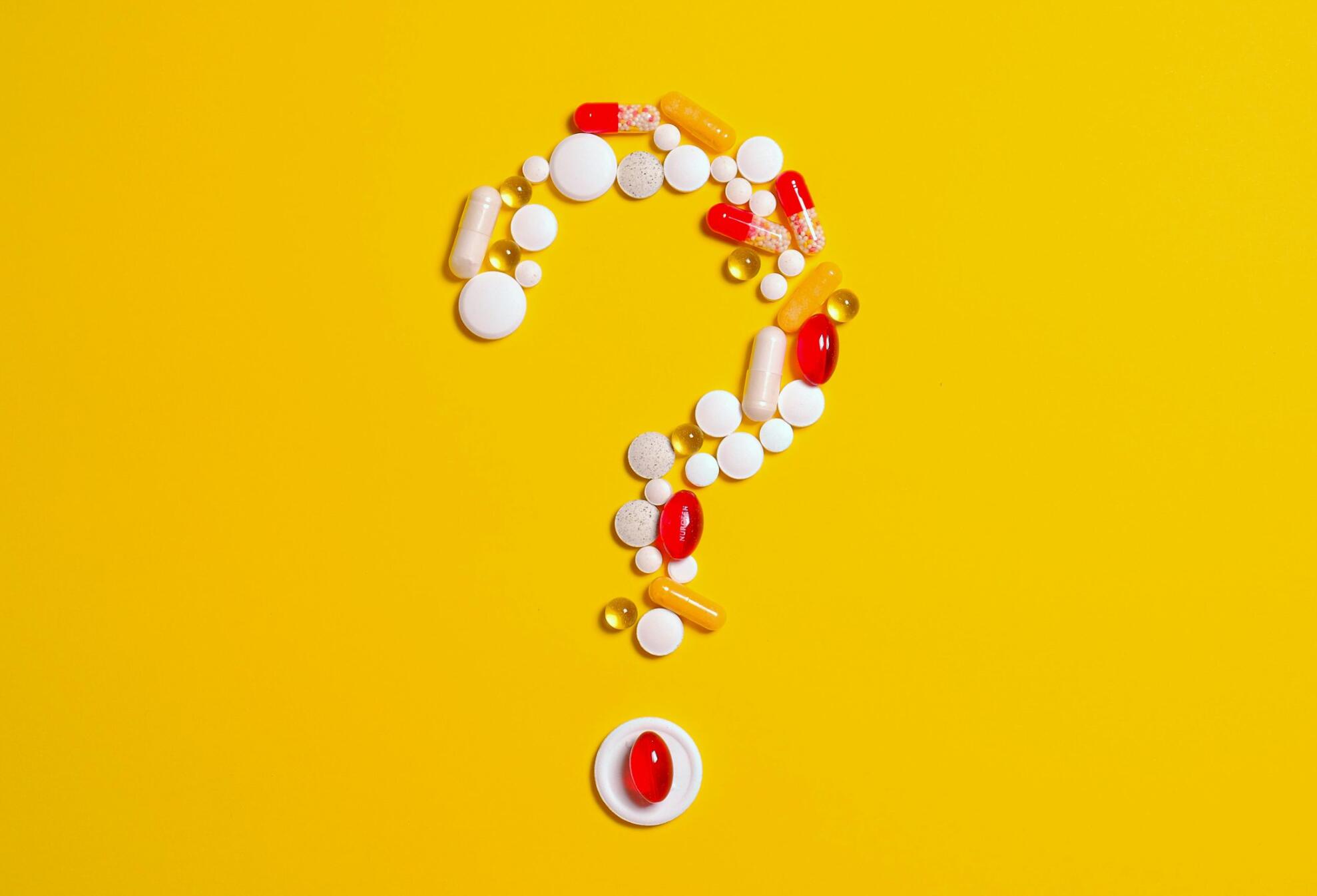Fat loss is a journey that many embark on with different goals, approaches, and timelines. While the concept is simple—burn more calories than you consume—the path to achieving it involves several factors. How long does fat loss take? What’s the fastest way to lose fat? How much protein should you consume for fat loss? And what role does carb cycling play in this process? In this article, we’ll break down these critical aspects of fat loss to give you a comprehensive roadmap.
How Long Does Fat Loss Take?
The time it takes to lose fat can vary widely depending on several factors, including age, gender, genetics, diet, exercise regimen, and starting body composition. Generally, healthy fat loss occurs at a rate of 1–2 pounds (0.45–0.9 kg) per week. This is considered sustainable and ensures that the weight lost is primarily fat, not muscle mass.
Experts often recommend aiming for a calorie deficit of 500–1000 calories per day, which can result in a safe weekly fat loss of 1-2 pounds. However, the initial stages of fat loss, especially if someone has a higher starting weight, may yield faster results. After the first few weeks, fat loss may slow down, as the body adapts to the new routine and diet.
Research from the Journal of Obesity highlights that weight loss isn’t always linear. People often experience rapid fat loss early on, which then plateaus. The key is patience and consistency.
What Is the Fastest Way to Lose Fat?
While there’s no magic bullet for fat loss, certain strategies can speed up the process. The most effective way to accelerate fat loss is by combining a calorie deficit with increased physical activity. However, there are various approaches within this framework.
- High-Intensity Interval Training (HIIT): Studies have shown that HIIT is a highly effective way to burn fat quickly. A 2011 study published in the American Journal of Physiologyfound that HIIT burns more fat in less time compared to traditional steady-state cardio. This method alternates between short bursts of intense exercise and recovery periods, elevating the metabolic rate even after the workout.
- Strength Training: Adding resistance exercises, such as weightlifting, can help preserve muscle mass while you lose fat. A 2014 study in Obesitydemonstrated that strength training improves body composition by increasing lean muscle mass, which in turn boosts metabolism.
- Intermittent Fasting: Intermittent fasting (IF) involves alternating between periods of eating and fasting. Research suggests that IF can help people lose fat by improving insulin sensitivity and increasing fat oxidation. A 2015 study in Obesityfound that IF could lead to greater fat loss compared to continuous calorie restriction.
- Consistent Sleep and Stress Management: Sleep and stress are often overlooked in fat loss. Poor sleep or chronic stress increases cortisol levels, a hormone that can promote fat storage, particularly in the abdominal area. Studies show that improving sleep hygiene and stress management can enhance fat loss efforts.
- Dietary Adjustments: Focusing on whole foods, reducing processed foods, and ensuring a high intake of fiber and healthy fats can significantly accelerate fat loss. Foods rich in antioxidants, like fruits and vegetables, help reduce inflammation, which can hinder weight loss.
By integrating these strategies into your routine, you can speed up the fat loss process. But remember, it’s essential to maintain a sustainable approach. Extreme methods may provide quick results but often lead to rebound weight gain.

How Much Protein Should You Consume for Fat Loss?
Protein is a crucial macronutrient in any fat loss journey. It plays an essential role in maintaining muscle mass, promoting satiety, and boosting metabolism. The more muscle mass you retain, the higher your resting metabolic rate (RMR) will be, which helps you burn more calories throughout the day.
Experts recommend consuming around 1.6–2.2 grams of protein per kilogram of body weight (0.7–1.0 grams per pound) for individuals looking to lose fat. This amount helps preserve muscle mass while promoting fat loss. A study published in the American Journal of Clinical Nutrition found that high-protein diets are more effective at promoting fat loss and preserving lean muscle compared to moderate protein intake.
Protein also helps control appetite. When you eat protein, it increases the release of hormones that promote fullness, such as peptide YY and GLP-1. This can reduce overall calorie intake, aiding fat loss.
Some high-protein foods include lean meats, fish, eggs, dairy, legumes, and plant-based protein sources like tofu and tempeh. For those aiming to build muscle while losing fat, protein intake becomes even more important. It ensures that the body has the nutrients it needs for muscle repair and growth.
How to Carb Cycle for Fat Loss
Carb cycling is a strategic approach that involves alternating between high-carb and low-carb days to optimize fat loss and muscle preservation. The idea behind carb cycling is to take advantage of the body’s response to carbohydrates. On high-carb days, you replenish glycogen stores and support intense workouts, while on low-carb days, you promote fat burning and improve insulin sensitivity.
Carb cycling typically follows a pattern of 3–5 days of low-carb intake followed by 1–2 high-carb days. This approach helps balance energy levels while enhancing fat loss. A study published in The Journal of Nutrition found that carb cycling can improve fat oxidation and muscle preservation during weight loss.
Here’s how to carb cycle effectively:
- High-Carb Days: These are typically scheduled on intense workout days or days when you need more energy. Aim for 2–2.5 grams of carbs per kilogram of body weight. These carbs should come from complex sources like oats, quinoa, sweet potatoes, and fruits.
- Low-Carb Days: On non-workout days or lighter activity days, reduce carb intake to about 0.5–1 gram per kilogram of body weight. Focus on protein and healthy fats during these periods to ensure you’re still in a calorie deficit.
- Timing: Timing your carbohydrate intake around workouts can enhance performance and fat loss. Eating carbs before a workout can fuel your training, while consuming them post-workout helps replenish glycogen stores and aid recovery.
- Monitor Your Results: Carb cycling isn’t a one-size-fits-all solution. It’s essential to track your progress and adjust based on how your body responds. Over time, you can fine-tune the cycle to match your fat loss goals.
Carb cycling isn’t necessary for everyone but can be a useful strategy for those looking to break through plateaus or optimize fat loss while maintaining muscle mass.
Putting It All Together for Effective Fat Loss
To achieve lasting fat loss, it’s essential to combine the right diet, exercise, and lifestyle habits. While fat loss can take time, consistency is key. By focusing on a sustainable calorie deficit, incorporating protein to preserve muscle, and using strategies like carb cycling or intermittent fasting, you can optimize your fat loss efforts.
Remember that fat loss isn’t just about numbers on a scale. It’s about improving your body composition, feeling more energized, and adopting habits that contribute to your overall health. Be patient, stay consistent, and listen to your body as you work towards your fat loss goals.
In conclusion, fat loss is a multifaceted process that requires dedication, smart strategies, and proper guidance. Whether you’re looking for a quicker route to fat loss or trying to build long-term sustainable habits, the key is combining nutrition, exercise, and lifestyle adjustments that work best for your body.



